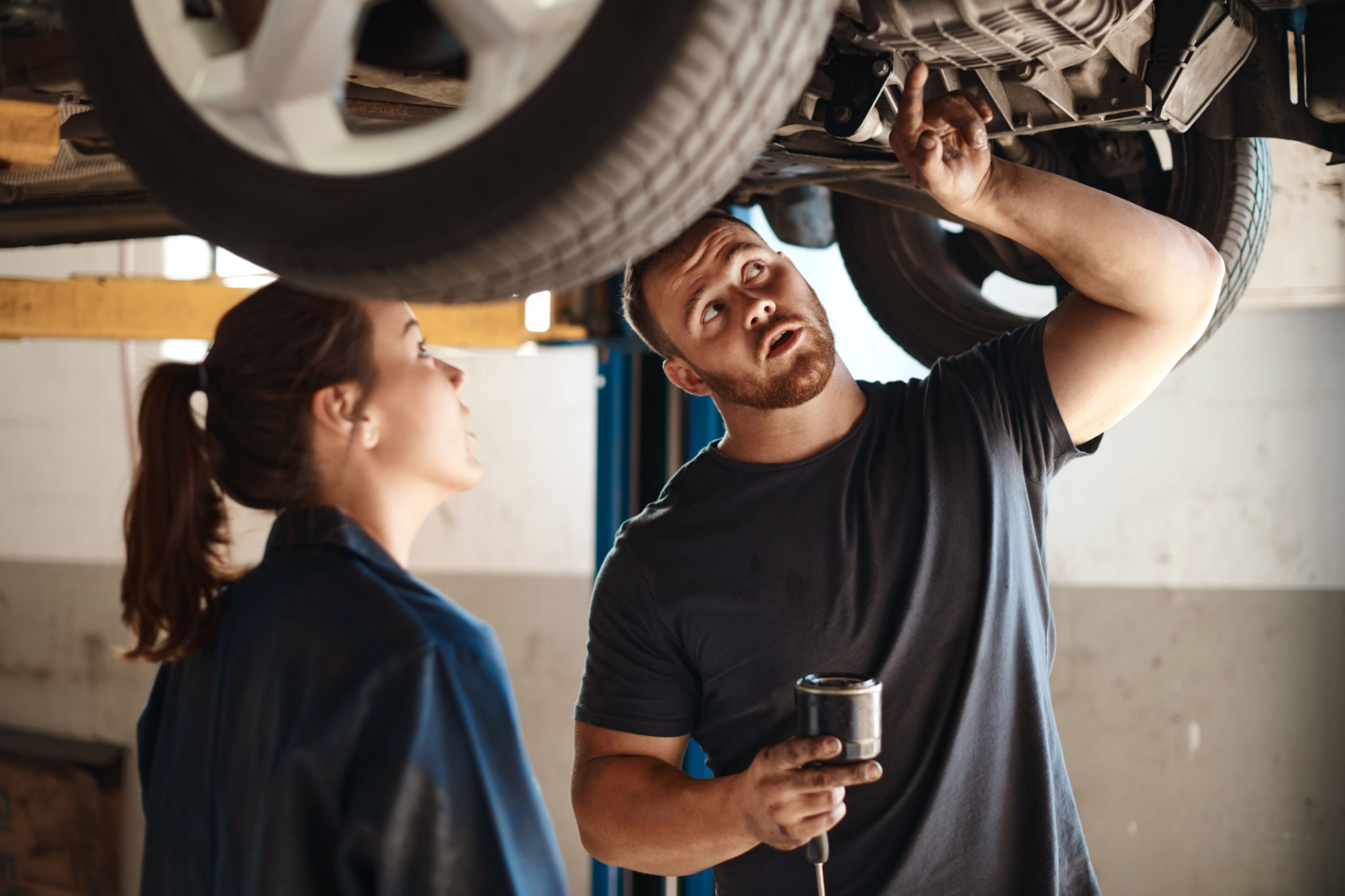DIY Guide: When to Seek Professional Lane Assist Calibration
Understanding Lane Assist Calibration
Modern vehicles are equipped with advanced driver-assistance systems (ADAS), which include features like lane assist. This technology helps drivers stay centered in their lanes by monitoring road markings. However, for these systems to function optimally, regular calibration is crucial. Calibration ensures that the sensors and cameras are aligned correctly and can accurately interpret the environment.
While some car enthusiasts may feel comfortable handling basic maintenance tasks, lane assist calibration is a sophisticated procedure that might require professional expertise. In this guide, we'll explore when it's suitable to DIY and when you should seek professional help.

Signs Your Lane Assist Needs Calibration
Before delving into DIY or professional calibration options, it's essential to recognize when your lane assist system might need attention. Here are some common signs:
- The lane assist warning light is illuminated on your dashboard.
- The system fails to detect lane markings on clear roads.
- The steering wheel nudges unexpectedly or inconsistently.
If you notice these issues, it's time to consider recalibrating your system to ensure safety and functionality.
DIY Calibration: When and How
For those with technical skills and the right tools, attempting a DIY lane assist calibration might be feasible. Here are the scenarios where a DIY approach might be appropriate:
- You have access to the vehicle's service manual and calibration tools.
- You have experience working with vehicle electronics and sensors.
- The misalignment is minor, such as after a small bump or curb impact.
To perform a DIY calibration, follow these general steps:
- Consult your vehicle's manual for specific procedures.
- Park on a flat, level surface to ensure accurate calibration.
- Use the onboard diagnostics (OBD) system to reset and calibrate the sensors.

When to Seek Professional Help
While DIY calibration might be tempting, certain situations demand professional assistance. Here are instances when it's best to consult a technician:
- You lack the necessary tools or technical expertise.
- The vehicle has experienced significant impacts, such as collisions.
- The system continues to malfunction despite DIY efforts.
Professionals have access to specialized equipment and software that ensure precise calibration. They can also identify underlying issues that may not be apparent during a DIY attempt.
The Benefits of Professional Calibration
Opting for a professional calibration service offers several advantages. Technicians can:
- Ensure all sensors and cameras are optimally aligned.
- Provide diagnostic reports that highlight potential issues.
- Update software to the latest versions for improved functionality.
Investing in professional services not only guarantees safety but also prolongs the lifespan of your vehicle's ADAS components.

Conclusion: Ensuring Safety on the Road
A well-calibrated lane assist system is vital for safe driving. While DIY enthusiasts may handle minor calibrations, significant alignments should be left to professionals. Regular maintenance and timely professional checks will keep your vehicle's lane assist system in top condition, ensuring you enjoy a safer driving experience.
Remember, safety should always be a priority. Don't hesitate to seek expert help if you're unsure about performing calibration yourself. By doing so, you'll ensure both your safety and that of others on the road.
